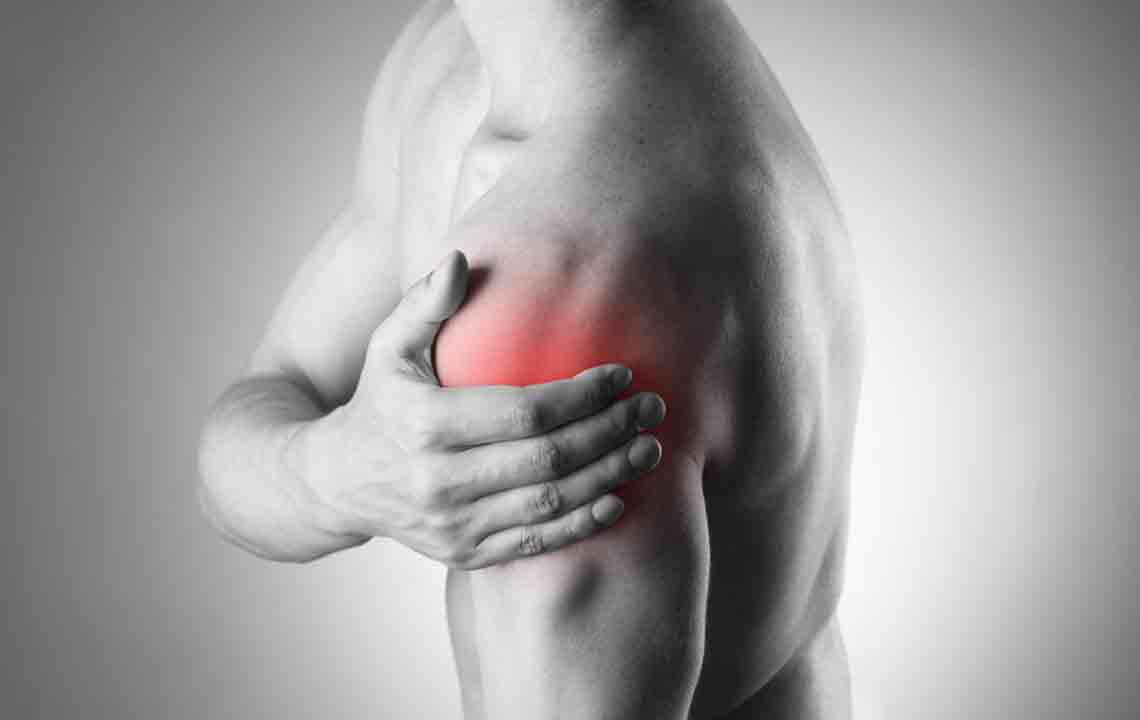Effective Strategies to Alleviate Shoulder Muscle Discomfort
Discover effective methods to treat shoulder muscle pain, including home remedies, exercises, and medical interventions. Early management can prevent long-term damage and restore shoulder function. Always consult a healthcare professional before starting new exercises or treatments.

Effective Strategies to Alleviate Shoulder Muscle Discomfort
The shoulder joint is one of the most vulnerable and complex parts of the human body, prone to various injuries. Maintaining shoulder health requires careful attention and preventive measures. When well-maintained, shoulders can withstand extensive movement without pain. However, factors such as ligament and tendon issues can lead to discomfort. A common cause of shoulder pain involves inflammation or soreness of the rotator cuff tendons.
The rotator cuff enables circular shoulder movements. Additionally, inflammation of the subacromial bursa—fluid-filled sac beneath the shoulder’s highest point—can also cause pain. Sometimes, shoulder injuries are subtle, causing no pain at rest but discomfort during activities like lifting or sports. These sharp pains often occur during arm elevation, even without any remembered injury.
This pain often results from strain or inflammation of the rotator cuff muscles—four muscles that stabilize the shoulder. The supraspinatus muscle, located on top of the shoulder, is commonly affected due to its position between bones. Swelling or soreness here can lead to pinched tendons and damaged cushioning fluid, causing pain on the outer shoulder. Activities lifting the arm or overhead movements become painful, sometimes severely impairing daily tasks.
Immediate Relief Measures
Rest the shoulder
Use hot or cold packs on the affected area
Include essential oils like lavender to reduce soreness
Take over-the-counter pain relievers
Engage in electrical nerve and muscle stimulation therapies
Perform Ultrasound evaluations to assess injury severity
Consider corticosteroid injections for quick pain relief
Practice targeted exercises to restore mobility, strength, and function
Recommended Exercises for Shoulder Pain Relief
Always consult a healthcare professional before starting exercises to prevent worsening your condition.
Range of motion
Stand and lean forward, allowing your sore arm to dangle. Draw small to larger circles with your arm, repeating 5–10 times daily. Stop if pain worsens.
Rotator cuff strengthening
Use a resistance band anchored around a door handle. With your arm bent at 90°, pull the band across your abdomen, gradually increasing repetitions as pain lessens. Do this daily.
Upper limb strengthening
As pain diminishes, incorporate weight training for upper body muscles using weights or machines. Lie on your side, keeping your elbow close, and lift the forearm with a weight. Including aerobic exercises can improve blood flow, aiding faster healing of tendons.
Shoulder muscles can take time to recover fully. While medication may offer temporary relief, minor injuries can worsen if neglected. Early intervention helps prevent long-term issues, keeping your shoulders healthy and functional.










